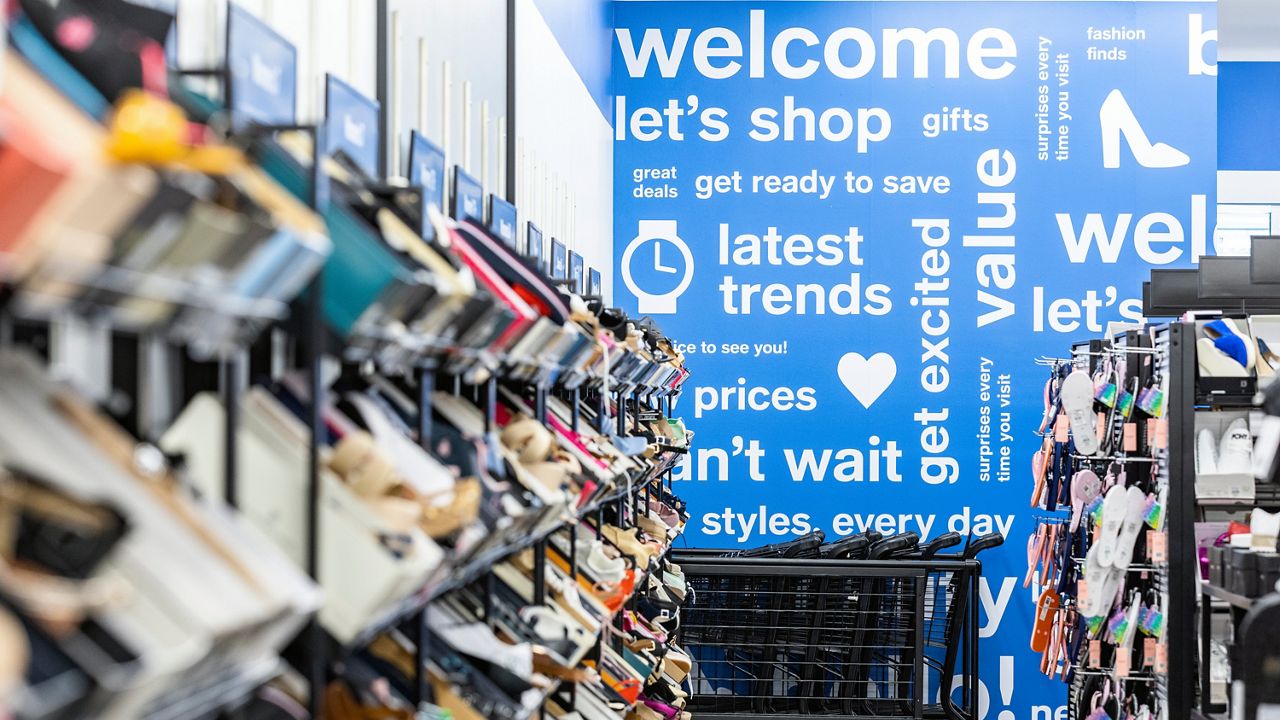U.S. retail sales rose 0.9% in April, a solid increase that underscores Americans’ ability to keep ramping up spending even as inflation persists at nearly a 40-year high.
The increase was driven by greater sales of cars, electronics, and at restaurants, the Commerce Department said Tuesday.
Even adjusting for inflation, which was 0.3% on a monthly basis in April, sales increased. Gas prices fell slightly last month, restraining inflation, after soaring in March in the aftermath of Russia’s invasion of Ukraine.
Consumers are providing critical support to the economy even after a year of seeing prices spiral higher for gas, food, rent, and other necessities. The economy contracted in the first three months of the year, but consumer and business spending still increased at a healthy pace.
Strong hiring, rapid wage increases, and a healthy level of savings — on average — have bolstered consumers’ financial health, despite a sharp increase in consumer prices of 8.3% in April compared with a year ago. The increase was just below a four-decade high reached in March.
The retail sales figures suggest that some supply chain snarls may be easing. Sales at auto dealers rose 2.2%, and they increased 1% at electronics stores and 0.7% at furniture stores.
Purchases at online retailers jumped 2.1% and they climbed 2% at restaurants and bars.
The ongoing strength of consumer demand, fueled by a robust labor market, is a key reason the Federal Reserve has accelerated its efforts to tighten credit and cool the economy. By doing so, Fed Chair Jerome Powell hopes to bring down inflation without causing a recession.
The Fed lifted the short-term benchmark interest rate it controls by a half-point at a policy meeting earlier this month, double its usual increase. Powell has also signaled the Fed will likely undertake the fastest pace of interest rate increases in 33 years to bring inflation to heel.



